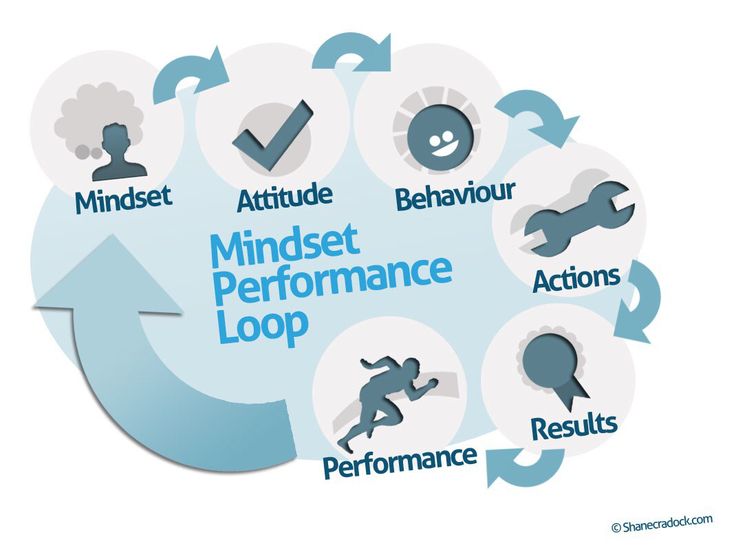
Five Strategies to shift from a Cost Cutting to a Business Growth mindset through Operational Excellence – Business Operations
Do more with less is a common refrain in any margin focused organization. But this management guidance should come with a big “Handle with Care” sticker. In the enthusiasm to meet cost cutting targets, sometimes organizations forget the “doing more” part and only focus on the “with less” part. By the time, the realization sets in that the growth engine has stalled, it is too late. And most likely, you are left with an organizational culture where “fear” rules supreme and “fun” is a word that belongs outside the work-place. Result – Bottom line improves in the short-term but starts declining after reaching a threshold. With stagnant or diminishing top-line, no amount of cost cutting can help improve profits dramatically after a certain point.
High performance is multi-dimensional – putting the entire organization’s focus on just costs is counter-productive. While margin improvement is crucial, good solid revenue growth is even more important to build a sustainable, profitable business. And these two goals should not be in conflict with each other. With some discipline and mindset changes enforced in day-to-day business operations, one can successfully do the balancing act so that the organization does not lose its focus on growing revenues while keeping a tight control on costs.
The entire business framework that you work in can be used to influence changes in the right direction. Here are five strategies that I have seen business leaders use successfully to shift the organization to a revenue growth mindset in no particular order:
Strategy 1: Budgeting – Put your money where growth is – The key to building a high-performance and growth focused culture is to make sure you consider “‘what“ and “how“ you will get to your destination – the clear guidelines of what you need to do now to reach where you want to be in a specific timeline. And, what better place to define this than in your annual business budget. For example what are the core competencies that you need to develop in the current year so that the growth for the next two-three years are secured? What investments of the previous year have not achieved desired results and needs a change in strategy? What partners and channels needed to be cultivated in current year to be able to stay competitive in the market? While a lot of attention is given on the cost items to achieve the top line for the current year, not much attention is given to the few investments that are needed to accelerate the growth for the longer term. Budgeting is a great tool to ensure that the organization is well prepared and aligned for growth.
Strategy 2: Granularity of Growth – Identify the Growth Drivers – Research shows that having multiple avenues to growth pays off during good times and bad. In the book – Granularity of Growth (Wiley, April 2008), the authors identified that increased market-share is seldom a driver of growth. They contend, instead, that growth is driven by where a company chooses to compete: which market segments it participates in and how much merger-and-acquisition activity it pursues in these markets. The key is to focus on granularity, to breakdown big-picture strategy into its smallest relevant components. To uncover pockets of opportunity, executives need to dig down to deeper levels of their businesses and organizations. And of course, get the execution plan in place for the opportunities identified.
Strategy 3: Clarion Call – Aligning the Organization to the Vision – It is critical that every employee knows and understands the vision of the organization and the strategy for growth. Re-orienting people is not an easy job but it can be done if the leadership can clearly articulate the problem statement behind the vision and the urgent changes that are needed to get everyone on the board. The idea here is to get people really involved and committed to growth – logic and reason have their place, but in initiatives like this the emotions of people have to be tapped. Hence the need for a clarion call (en.wiktionary.org/wiki/clarion_call – Appeal, urgent call to action). And also the need for a re-organization too – to move your best people (sales, operations, delivery) from low growth or stagnant business areas to high growth areas to leverage your talent and shake off the inertia.
Strategy 4: Platform for Ideas – Make Innovation more than a buzz word – Innovation is the Petri dish for exponential growth. But without a specific team accountable for innovation (which could be new product ideas, new business models, new markets, new acquisitions or new competencies) the focus on exponential growth is lost in the day-to-day block and tackle for meeting the short-term business targets. One person in the senior leadership should have the mandate to lead this team and the authority to champion and approve initiatives that are separate from the company’s core business and to execute on these initiatives. This provides an ecosystem of a structure, time and resources for a “start-up” within the larger organization to help move beyond the comfort zone and also future-proof the business against risks to existing business.
Strategy 5: Metrics and Rewards –Targets breed Performance – Coming to my favorite topic, setting metrics and commensurate rewards is an important lever to quickly drive and arrive at the behavior needed to go beyond just incremental growth. For example – setting a target of 5% revenue growth year on year with a slightly higher target for profits is quite acceptable but this can be achieved by a little more push on existing services or products. There is no compelling need to look for completely new sources of revenue or new business models. What is needed here is BHAGs (Big Hairy Audacious Goals), metrics that can be used to track and measure not only the results but the investments, resources and behaviors that are needed to achieve the goals and of course, equally Big rewards to excite and enthuse the teams to think differently, get out of their comfort zone and act like entrepreneurs.
Profitable double-digit growth can become a possibility and not just a fluke. By thinking proactively and building growth into day-to-day business operations, the cost cutting trap can be avoided. A growth oriented mindset can indeed become part of the organization culture when the management plans and puts in place the systems to ensure that growth opportunities are identified and pursued as diligently as costs are controlled.
What have I missed? What growth strategies have you seen work? How and what have you factored in your plans for next year to enable double-digit growth? I would love to hear back and learn from you.
Picture courtesy : http://www.flickr.com/photos/ytueresburroyyomemonto/2687124044/
[/vc_column_text][/vc_column][/vc_row]

